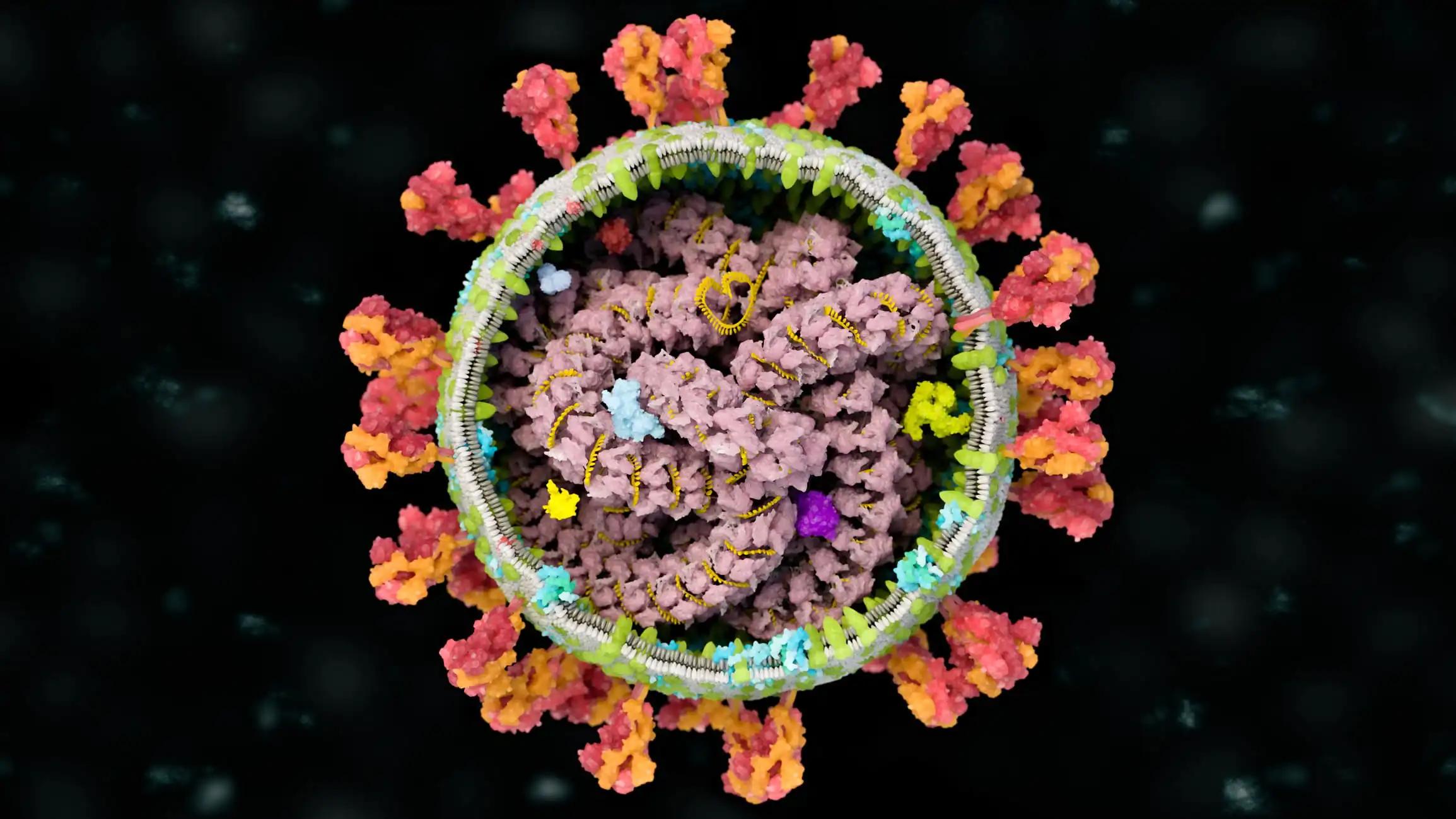KEY TAKEAWAYS
- The EMagine/CARTITUDE-6, phase 3 randomized study that plans to compare the efficacy of cilta-cel and lenalidomide with DVRd and ASCT in newly diagnosed multiple myeloma (NDMM) patients.
- The trial aims to evaluate the efficacy and safety of a cellular treatment method using cilta-cel.
- The study’s primary objectives are PFS and MRD-complete negative response (CR) sustained for 12 months
- Patients with NDMM, measurable disease, high-dose therapy, and ASCT as part of their initial treatment plan are eligible.
- The study will evaluate secondary endpoints, such as ORR, time to subsequent therapy, OS, adverse events, pharmacokinetic/pharmacodynamic markers, and HRQoL.
- Enrollment of patients commenced in September 2022, with the primary completion expected by June 2026
The National Comprehensive Cancer Network guidelines recommend using DVRd for NDMM patients eligible for transplant, followed by ASCT, consolidation, and maintenance therapy. However, cilta-cel, a CAR-T cell therapy, has shown encouraging outcomes in patients with relapsed/refractory multiple myeloma.
In the phase 1b/2 CARTITUDE-1 study, a single infusion of cilta-cel resulted in deep and durable responses with a manageable safety profile, achieving an overall response rate (ORR) of 98% and a stringent complete response (CR) rate of 83% at a median follow-up of 27.7 months. The EMagine/CARTITUDE-6 (EMN28/68284528MMY3005; NCT05257083) study aims to compare the efficacy of using DVRd followed by cilta-cel and lenalidomide versus DVRd followed by ASCT, DVRd, and lenalidomide in a randomized, open-label, global, multicenter, phase 3 trial.
Patients must meet specific eligibility criteria to participate in the EMagine/CARTITUDE-6 study, including being at least 18 years old, having newly diagnosed multiple myeloma, measurable disease at screening, and high-dose therapy and ASCT as part of their intended initial treatment plan. Prior therapy for multiple myeloma or smoldering myeloma, except for a brief course of corticosteroids, is an exclusion criterion. Upon giving informed consent, patients will be randomly assigned to one of two treatment arms in a 1:1 ratio, with a target recruitment of 750 patients.
Patients in the cilta-cel arm will undergo apheresis before receiving 6 cycles of daratumumab, bortezomib, lenalidomide, and dexamethasone (DVRd) induction therapy. Subsequently, they will receive lymphodepletion with intravenous cyclophosphamide and fludarabine, followed by a single infusion of cilta-cel at a target dose of 0.75×106 CAR+ viable T cells/kg 5–7 days later. After the cilta-cel injection, patients will be given lenalidomide for 2 years or more as the investigator decides. Patients in the control group will be given lenalidomide maintenance therapy for two years or longer, as determined by the researcher, after ASCT, two cycles of DVRd consolidation, and four cycles of DVRd induction therapy.
The primary endpoints of the study are progression-free survival (PFS) and minimal residual disease (MRD)-complete negative response (CR) sustained for ≥12 months. Next-generation sequencing will assess MRD status at a sensitivity of 10-5. Secondary objectives include adverse events, pharmacokinetic/pharmacodynamic indicators, health-related quality of life changes, time to subsequent therapy, PFS on next-line treatment, overall survival, overall response rate (ORR), and overall CR rate, overall MRD-negative CR rate, and time to subsequent therapy. Analyses of exploratory correlative biomarkers will also be performed.
Source: https://ebmt2023.abstractserver.com/program/#/details/presentations/976
Clinical Trial: https://clinicaltrials.gov/ct2/show/NCT05257083
S. Manier1; M. Boccadoro2; J. San-Miguel3; K. Suzuki4; A. Krishnan5; N. van de Donk6; G. Cook7; A. Jakubowiak8; D. Madduri9; S. Afifi9; A.-S. Stevens10; J.M Schecter9; W. Deraedt10; S. Kuppens10; P. Mistry11; L. Pacaud12; A. Broijl13; F. Gay2; R. Mina2; L. Rasche14; P. Moreau15; M.-V. Mateos16; H. Einsele14; P. Sonneveld13. P811 EMAGINE/CARTITUDE-6: RANDOMIZED PHASE 3 STUDY COMPARING DVRD FOLLOWED BY CILTACABTAGENE AUTOLEUCEL VERSUS DVRD FOLLOWED BY ASCT IN TRANSPLANT ELIGIBLE PATIENTS WITH NEWLY DIAGNOSED MULTIPLE MYELOMA. https://ebmt2023.abstractserver.com/program/#/details/presentations/976



